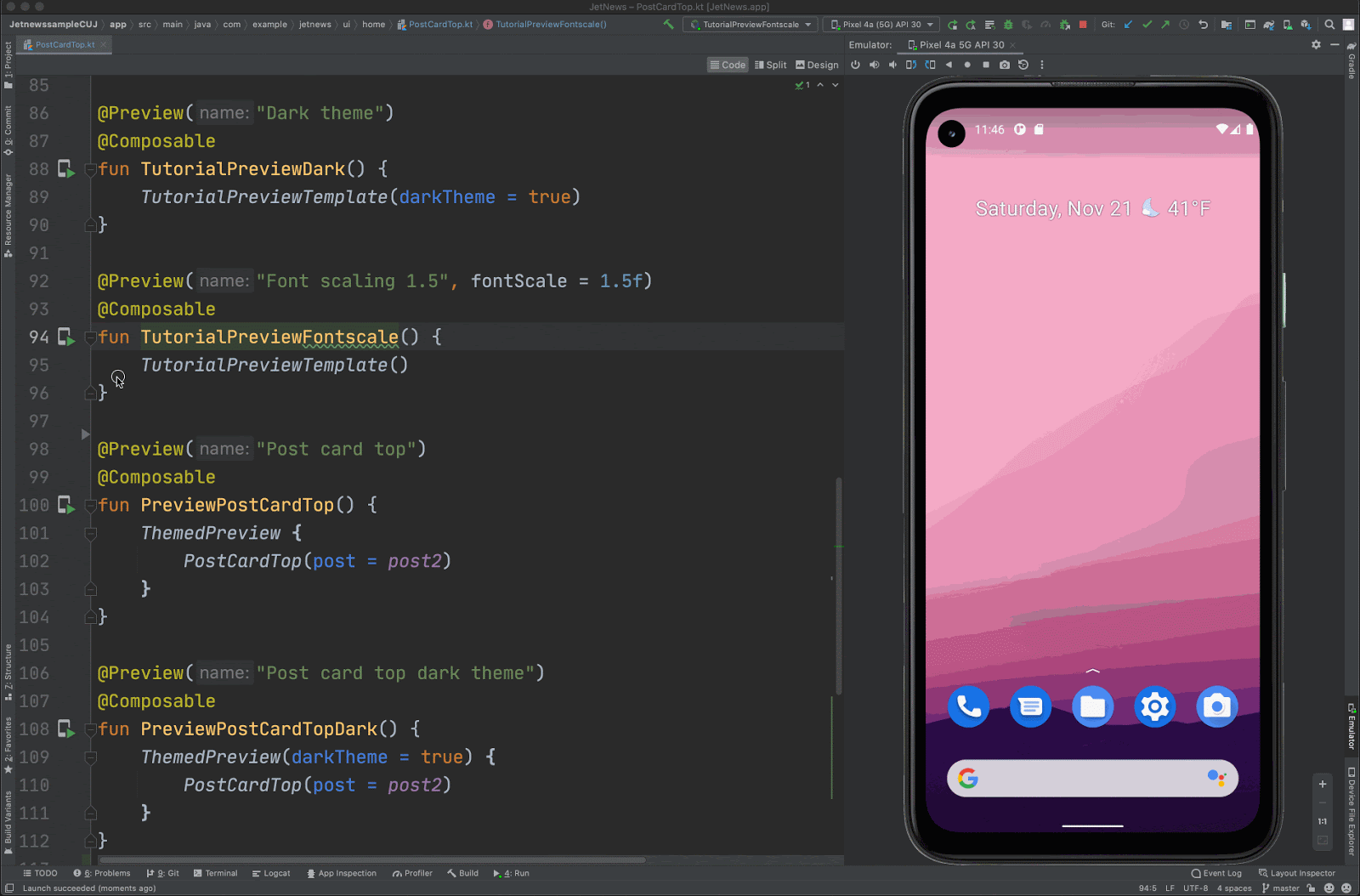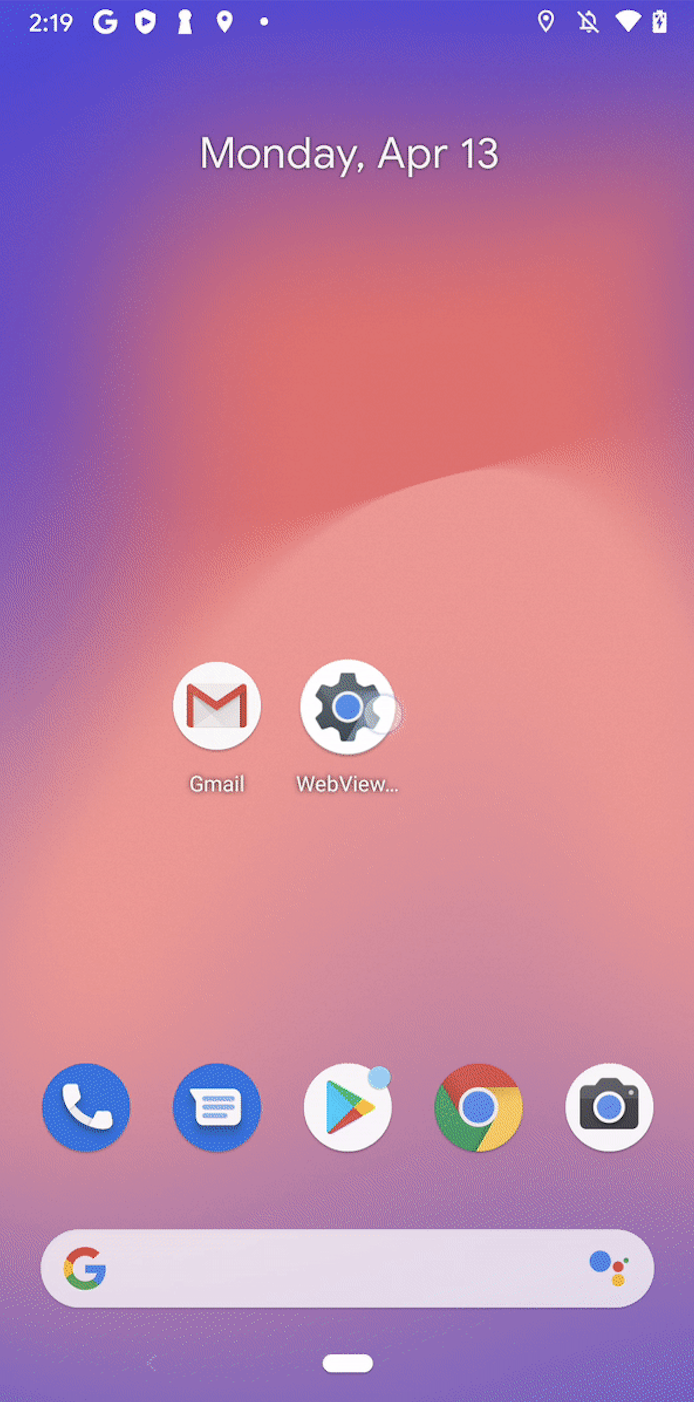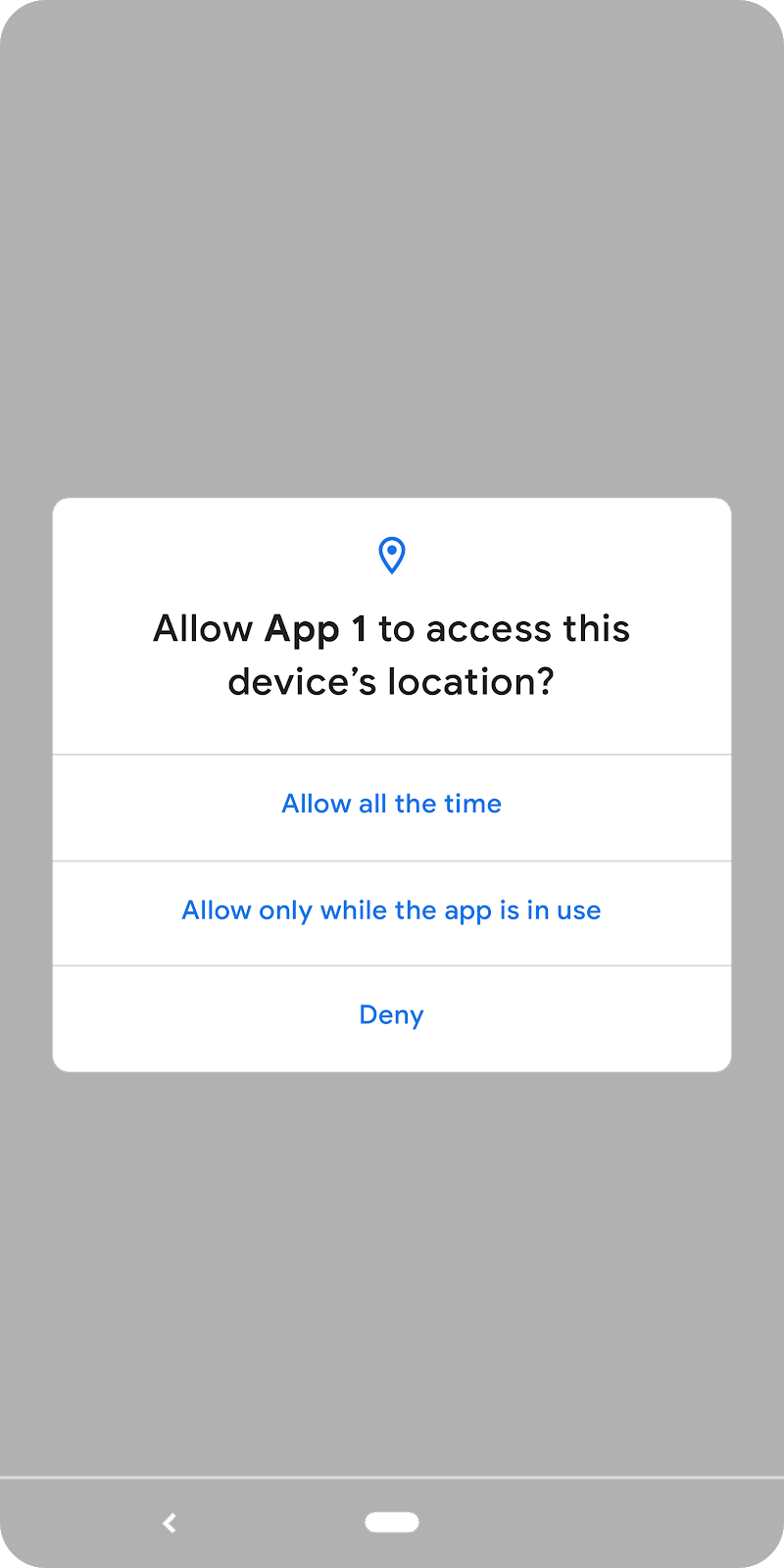Announcing Android Studio Arctic Fox (2020.3.1) & Android Gradle plugin 7.0
Posted by Jamal Eason, Product Manager
Today marks the release of the first version of Android Studio Arctic Fox (2020.3.1) on the canary channel, together with Android Gradle plugin (AGP) version 7.0.0-alpha01. With this release, we are adjusting the version numbering of Android Studio and our Gradle plugin. This change decouples the Gradle plugin from the Android Studio versioning scheme and brings more clarity to which year and IntelliJ version Android Studio aligns with for each release.
New versioning scheme - Android Studio
With Android Studio Arctic Fox (2020.3.1) we are moving to a year-based system that is more closely aligned with IntelliJ IDEA, the IDE upon which Android Studio is built. We are changing the version numbering scheme to encode a number of important attributes: the year, the version of IntelliJ it is based on, plus feature and patch level. WIth this name change you can quickly figure out which version of the IntelliJ platform you are using in Android Studio. In addition, each major version will have a canonical codename, starting with Arctic Fox, and then proceeding alphabetically to help make it easy to see which version is newer.
We recommend that you use the latest version of Android Studio so that you have access to the latest features and quality improvements. To make it easier to stay up to date, we made the version change to clearly de-couple Android Studio from your Android Gradle Plugin version. An important detail to keep in mind is that there is no impact to the way the build system compiles and packages your app when you update the IDE. In contrast, app build process changes and APK/Bundles are dictated by your project AGP version. Therefore, it is safe to update your Android Studio version, even late in your development cycle, because your project AGP version can be updated in a different cadence than your Android Studio version. Lastly, with the new version system it is even easier than before for you or your team to run both the stable and preview versions of Android Studio at the same time on your app project as long as you keep the AGP version on a stable release.
In the previous numbering system, this release would have been Android Studio 4.3. With the new numbering system, it is now Android Studio Arctic Fox (2020.3.1) Canary 1 or just, Arctic Fox.
Going forward, here is how the Android Studio version number scheme will work:
<Year of IntelliJ Version>.<IntelliJ major version>.<Studio major version>
- The first two number groups represent the version of the final IntellIj platform that a particular Android Studio release is based on (earlier canaries may still be on the earlier version). For this release, this is 2020.3.
- The third number group represents the Studio major version, starting at 1 and incrementing by one for every major release.
- To make it easier to refer to each version, we are also giving major releases a code name, incrementing from A to Z based on animal names. This initial release name is Arctic Fox.
New versioning scheme - Android Gradle plugin
With AGP 7.0.0 we are adopting the principles of semantic versioning, and aligning with the Gradle version that AGP requires. Compatibility between Android Studio and Android Gradle plugin remains unchanged. Projects that use stable versions of AGP can be opened with newer versions of Android Studio.
We will publish another post soon with more details about our AGP versioning philosophy and what is new in AGP 7.0.
What is new in Android Studio Arctic Fox
We are in early days in the feature development phase for Arctic Fox, but we have invested much of our time in addressing over 200 quality improvements and bugs across a wide range of areas in the IDE from the code editor, app inspection tools, layout editor to the embedded emulator. Check out the release notes for the specific bug fixes.
For those trying out Jetpack Compose, we have a host of new updates, like deploy @Preview composables to device/emulator:

Deploy preview composable
Also try out the new Layout Validation Tool in Arctic Fox to see how your layout responds to various screens sizes, font sizes, and Android Color Correction/Color Blind Modes. You can access this via the Layout Validation tool window when you are using the Layout Editor.

Layout Validation
Lastly, for those running MacOS (other platforms are coming soon) with the latest Android Platform tools and an Android 11 device, you can try out the IDE integration for the Wireless ADB feature by going to the Run device selection dialogue → Pair Devices Using Wi-Fi.

Menu to access Wireless ADB feature

Wireless ADB Setup Window
What’s Next
If you want to learn more about other detailed changes coming with this release for both Android Studio and the Android Gradle plugin, make sure to take a look at the release notes.





Komentar
Posting Komentar